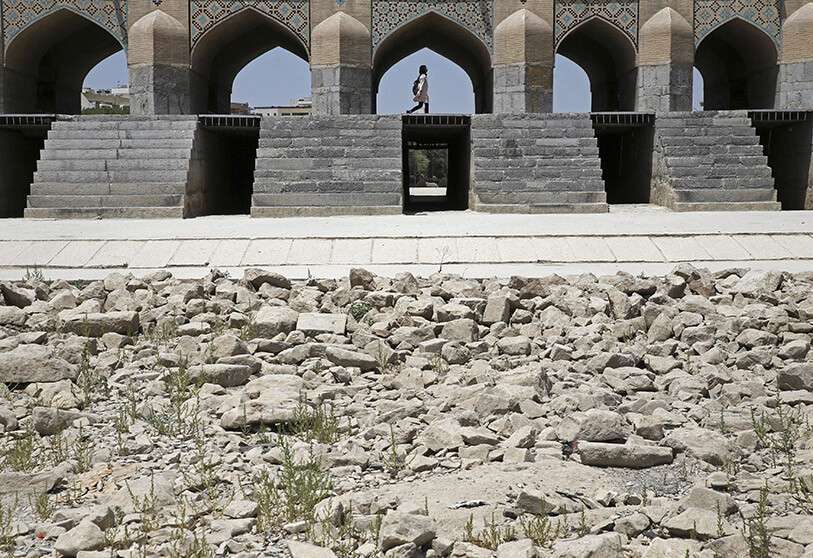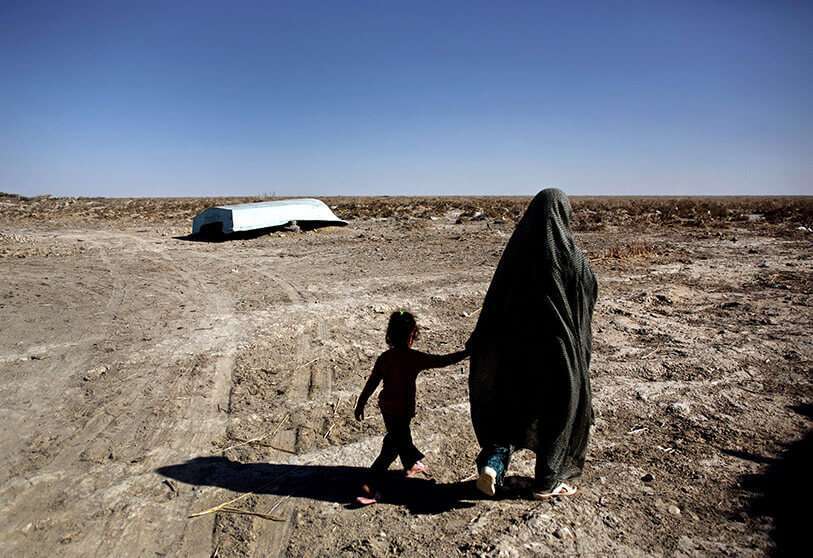Water shortages threaten Iran's political stability

Iranians have been taking to the streets for more than a week to protest not only the lack of water, but also the lack of other basic goods, exacerbated by the COVID-19 crisis. Videos posted on social media show groups of Iranians chanting slogans against the Ayatollahs' regime. The spontaneous demonstrations that have been going on for several weeks in Khuzestan province have left several people dead and many arrested.
Water and electricity shortages have increased in recent weeks, particularly in the southwestern Iranian province of Khuzestan, where temperatures of up to 50 degrees Celsius have been recorded. Since the war against Iraq, one of the main battlefronts in this conflict-ravaged region, Iran sees this province as one of the main challenges to its security. Not only because of the oil, but also because of what it could mean for the integrity of the country.

The case is not isolated; large tracts of water have dried up due to low rainfall, putting the authorities on alert as they now try to avert a human and natural disaster that could lead to mass migrations in search of fertile land. Criticism of outdated infrastructure and lack of maintenance has led to the spread of protests across the country.
In recent years, the Islamic Republic has invested heavily in building dams, many of poor quality, to the detriment of other water infrastructure, such as irrigation systems, which could increase the efficiency of water storage and use. However, the population is frustrated with the government's management of water resources, which pose a serious danger to the country, where protests over water shortages have led to violence.

Khuzestan is one of the provinces with one of the highest unemployment rates in Iran. One of the oil and gas-rich regions, it is also one of the most fertile and water-rich provinces in the country. The lack of water has also had an impact on power cuts - which also sparked protests earlier this month - as part of the energy infrastructure relies on reservoirs with low reserves.
Persistent drought, inadequate management, and extreme weather, compounded by the effects of international sanctions, have pushed the Islamic Republic to extremes. Khuzestan is currently one of the most environmentally troubled regions in the country, especially because of the sandstorms that hit parts of the province most of the year and make it one of the most polluted places in the world. The environmental crisis began when the region's wetlands began to dry up as a result of climate change and government policies that favoured oil exploitation.

Water has also begun to be controlled by the construction of a dozen dams which, according to the farmers, are not opened when water is needed to irrigate crops. This makes their lives hell, especially in summer when temperatures can reach over 45 degrees Celsius.
Tehran considers agricultural self-sufficiency a strategic interest. Some 71 per cent of Iran's estimated 82 million people live in areas at risk of land subsidence due to over-abstraction of groundwater. What is already a problem in itself has worsened in the last two years as rainfall has been scarce - in the south and east of Iran rainfall has been reduced by 50-85% this year - and average temperatures have risen across most of the country.

The lack of water has also had an impact on electricity cuts - which also sparked protests earlier this month - as part of the energy infrastructure relies on reservoirs with low reserves. Another problem is the lack of works to transport drinking water to dozens of towns in the protest area that are far from the sources. Meeting the needs of Iran's 81 million people has led the country to overexploit its aquifers. According to an analysis by Geopolitacl Futures, 55 per cent of Iran's water consumption is supplied by groundwater, 92 per cent of which is used for irrigation.
Inadequate water management has been compounded by a harsh and worsening climate. Decreasing rainfall, rising temperatures, and increasingly frequent extreme weather events are putting further pressure on water resources. The dichotomy between water management and sustainability will continue until the real causes of Iran's dramatic drought - rapid population growth, inefficient agriculture and poor resource management - are overcome.








